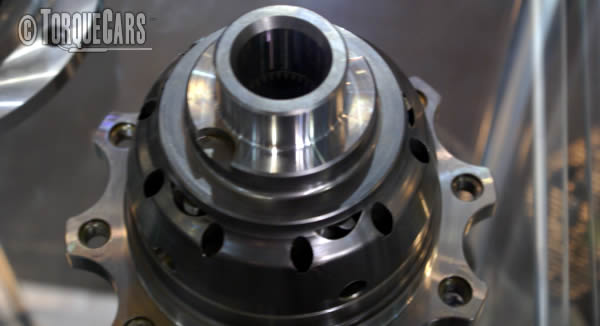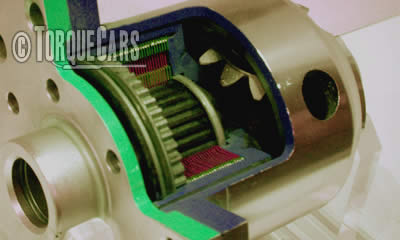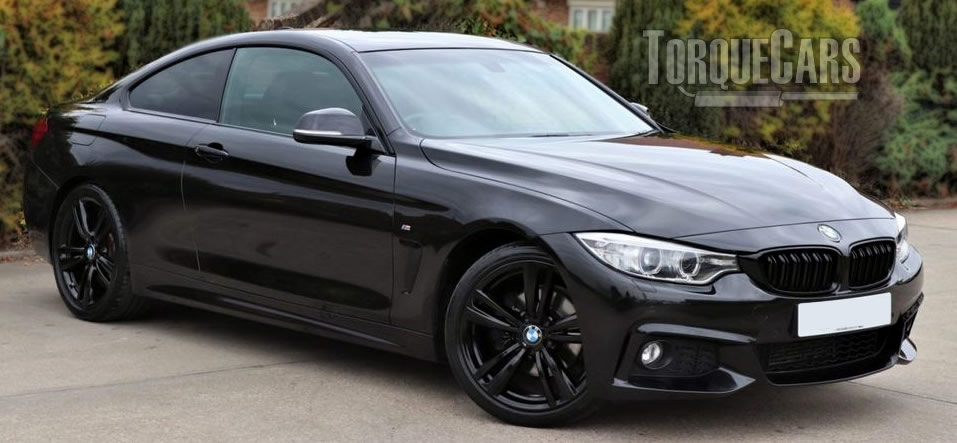Font to real wheel drive conversions.
"How to convert your FWD car into a RWD."
The first question is why would you want to do this?
Front wheel drive limits your power delivery, as the front of the car goes light under acceleration.
Practicalities will restrict usable FWD power to around 200bhp. Differentials and clever traction control systems will allow you to use a little more, but there is a reason most high power cars are RWD.

As you accelerated the weight pushes the rear wheels down allowing you to transfer the power to the road.
In drag cars you'll often see the front wheels lift completely off the ground.
We would also argue that rear wheel drive cars are more fun to drive.
So is it possible to convert a FWD car to RWD?
Problems:
- Lack of off the shelf parts
- Added weight to the car and loss of cabin space
- Engine could be mounted in the wrong orientation (drive output on the side rather than the rear)
- High project costs, with lots of additional custom fabrication required
Inline and Transverse engine mounts - does your engine face left to right or front to back.
Most FWD cars have the engine mounted sideways so the driveshaft takes power to the front wheels.
To get this power to the back you'll need to reroute the driveshaft which is a big problem.
Popular ways to convert to RWD!
Manufacturers have been known to release the same in both setups, especially if they offer a four wheel drive, or rear wheel drive option.

Is there a Four wheel drive version of your car?
Some car makers offer a RWD option or AWD option that would be compatible with your chassis/engine bay (usually larger executive cars such as the Passat 4motion, Quattro or suprise limited editions like the Clio V6!)
Perhaps you could use a fourwheel drivetrain from an Audi in your VW project as they share platforms and engines.
We've even seen Nissan drive train parts used in European cars, so take measurements, ask around and keep an open mind, you can usually fabricate existing parts to suit your requirements.
BMW make a great rear wheel drive transmission, so you could do far worse that seeing what you can find from the BMW parts bin at your breakers yard.

Generally speaking a RWD drive setup can be made from the four wheel drive parts which are readily available but modified without the power going to the front wheels.
The bonus is that you'll have a driveshaft tunnel running the length of the car and a rear axle diff and gearbox that copes with the RWD setup.
If your car model is only available in FWD format then the challenge is that you'll need to get a driveshaft from the front of the car to the rear.
You'll probably have to cut into the cars cabin or raise the cars suspension as ground clearance prevents an external driveshaft on most cars.
The brake lines, fuel line, spare wheel housing and exhaust pipes may all conspire to frustrate your plans to mount a driveshaft the length of the car.
Your best approach is to strip the car and start from scratch with a fresh plan.
Much older cars can also offer suitable parts for your project. The MX5 and Mark 1 Ford Sierra are ripe for part picking.
A first generation Ford Escort was rear wheel drive and the drive train fits nicely with the powerful Cosworth engine making some superb Ford rear wheel drive conversions.
Dropping the modern engine into your car and using the running gear from the Mk1 will save a lot of custom fabrication.
Why not put a new FWD car body over a RWD chassis and engine?
We have seen some people convert an old RWD chassis, engine and gearbox to look like a FWD by shortening it and adding the FWD cars body.
This is more converting an old RWD to look like a modern FWD car but it does achieve the RWD feel and retain a modern cars appearance.
The MX5, Passat and A4 quattro, Volvo and BMW would be suitable for sourcing RWD parts you could use on your cars chassis, but expect much cutting and fabricating to get it to fit and work.
Kits are around which will help but be prepared to source a new engine, gearbox and fabricate custom mounts as this is generally easier than getting your current engine and gearbox to drive the rear wheels.
After you've achieved this engineering feat, you'll need to alter the suspension to cope with the difference in handling and alter the braking. The front driveshafts and hubs will need to be modified as they are no longer driving the front wheels. On most cars this.
Read more about RWD conversions at:
or join our forums/ and discuss your project ideas with our members.
Please Check out my YouTube channel, we're regularly adding new content...
PLEASE HELP: I NEED YOUR DONATIONS TO COVER THE COSTS OF RUNNING THIS SITE AND KEEP IT RUNNING. I do not charge you to access this website and it saves most TorqueCars readers $100's each year - but we are NON PROFIT and not even covering our costs. To keep us running PLEASE Donate here
If you liked this page please share it with your friends, drop a link to it in your favourite forum or use the bookmarking options to save it to your social media profile.
Feedback - What do You Think?
Please use our forums if you wish to ask a tuning question, and please note we do not sell parts or services, we are just an online magazine.
Help us improve, leave a suggestion or tip
Please watch this video and subscribe to my YouTube channel.

 Click to accept YouTube Cookies & Play.
Click to accept YouTube Cookies & Play.